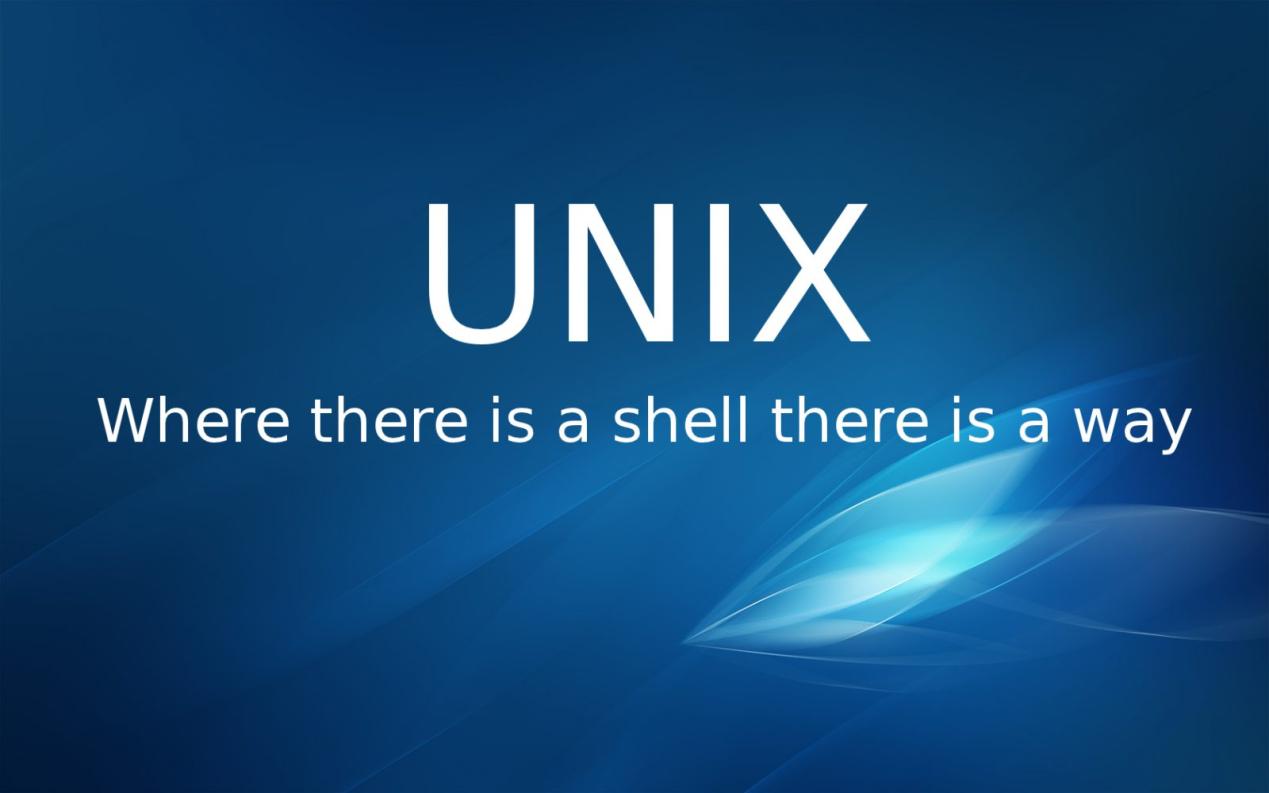Unix Command Line: A Comparative Analysis with Other Operating Systems
The Unix command line is a powerful tool that allows users to interact with their computer directly. It is a text-based interface that uses commands to perform various tasks, such as file management, system administration, and software installation. The Unix command line is available on a wide variety of operating systems, including Unix, Linux, and macOS. In this article, we will compare the Unix command line to the command prompts of other operating systems, such as Windows and Linux, to highlight its unique features and advantages.

Unix Command Line Vs. Windows Command Prompt:
- Basic Commands and Syntax: The Unix command line uses a different set of commands and syntax than the Windows command prompt. This can be confusing for users who are familiar with the Windows command prompt, but it is relatively easy to learn the Unix command line with a little practice.
- Navigation and File Management: The Unix command line uses a hierarchical file system, which is different from the file system used by Windows. This can make it difficult for Windows users to navigate the Unix file system at first, but it is also more powerful and flexible once you get used to it.
- Command Structure and Usage: The Unix command line uses a different command structure than the Windows command prompt. Unix commands are typically shorter and more concise, and they can be combined in various ways to create more complex commands. This makes the Unix command line more powerful and flexible, but it can also be more difficult to learn.
Unix Command Line Vs. MacOS Terminal:
- Similarities and Differences in Command Structure: The macOS Terminal uses a similar command structure to the Unix command line, but there are some key differences. For example, the macOS Terminal uses a different set of commands for file management and system administration.
- File System Navigation and Manipulation: The macOS Terminal uses a similar file system to the Unix command line, but there are some key differences. For example, the macOS Terminal uses a different set of commands for navigating the file system and manipulating files.
- Package Management and Software Installation: The macOS Terminal uses a different package management system than the Unix command line. This can make it difficult for Unix users to install software on macOS, but there are a number of resources available online that can help.
Unix Command Line Vs. Linux Shell:
- Commonalities and Variations in Command Structure: The Linux shell uses a similar command structure to the Unix command line, but there are some key differences. For example, the Linux shell uses a different set of commands for file management and system administration.
- Package Management and Software Installation: The Linux shell uses a different package management system than the Unix command line. This can make it difficult for Unix users to install software on Linux, but there are a number of resources available online that can help.
- File System Navigation and Permissions: The Linux shell uses a similar file system to the Unix command line, but there are some key differences. For example, the Linux shell uses a different set of commands for navigating the file system and manipulating files.
Advantages And Disadvantages Of Unix Command Line:
Pros:
- Efficiency and Automation: The Unix command line is a very efficient way to perform tasks. It allows users to automate many tasks that would otherwise have to be done manually.
- Flexibility and Customization: The Unix command line is very flexible and customizable. Users can create their own commands and scripts to automate tasks and customize their environment.
- Cross-Platform Compatibility: The Unix command line is available on a wide variety of operating systems, including Unix, Linux, and macOS. This makes it a very portable tool that can be used on any computer.
- Powerful Tools and Utilities: The Unix command line comes with a wide variety of powerful tools and utilities that can be used to perform a variety of tasks, such as file management, system administration, and software development.
Cons:
- Steep Learning Curve: The Unix command line can be difficult to learn for beginners. It takes some time to get used to the different commands and syntax.
- Lack of Graphical User Interface: The Unix command line is a text-based interface. This can make it difficult for users who are not familiar with text-based interfaces to use.
- Potential for Errors and Security Risks: The Unix command line is a powerful tool, but it can also be dangerous if it is not used properly. Users need to be careful not to make mistakes when using the Unix command line, as this could lead to errors or security risks.
The Unix command line is a powerful tool that can be used to perform a wide variety of tasks. It is available on a wide variety of operating systems, and it is a very portable tool. The Unix command line has a number of advantages over other operating systems' command prompts, such as its efficiency, flexibility, and cross-platform compatibility. However, the Unix command line also has a steep learning curve and a lack of a graphical user interface, which can make it difficult for beginners to use. Overall, the Unix command line is a valuable tool for users who need to perform complex tasks or who want to have more control over their computer.
YesNo

Leave a Reply